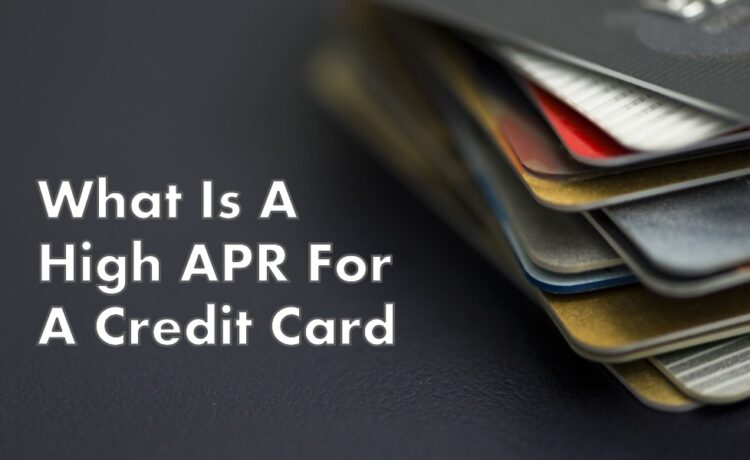Annual Percentage Rate (APR) is a term you’ll encounter frequently when dealing with credit cards. It’s a critical figure, representing the cost of borrowing on the card. But what constitutes a high APR for a credit card, and how does it affect your finances? Let’s dive into the details.
Introduction to APR
Before identifying what a high APR is, it’s important to understand what APR means. APR is the yearly interest rate charged when you carry a balance on your credit card. Unlike a simple monthly interest rate, it includes any fees or additional costs associated with the borrowing, giving you a complete picture of the cost.
What Is Considered a High APR?
Average Credit Card APR
To gauge what’s high, you first need to know the average APR for credit cards. This figure fluctuates based on economic conditions but typically hovers around 15-20%.
High APR Range
An APR is generally considered high if it is significantly above the average. Credit cards with APRs in the mid-20s or higher are often considered to have high interest rates. It’s not uncommon to see APRs around 29.99% or more on some cards, especially for those with less-than-ideal credit scores.
Factors Contributing to High APR
Creditworthiness
Your credit score is a major factor. Those with lower credit scores are typically offered higher APRs because they’re considered higher risk.
Type of Credit Card
Certain types of credit cards, such as reward cards or cards that offer special financing deals, might come with higher APRs to offset the benefits they provide.
The Lender’s Policies
Each credit card issuer has its policies and ways of calculating APR, leading to variations in what they consider a high rate.
Impact of a High APR
A high APR can make carrying a balance on your credit card an expensive affair. Even seemingly small differences in APR can mean hundreds or thousands of dollars in additional interest over time, particularly if you only make minimum payments.
How to Avoid High APR Charges
Paying in Full
The most effective strategy to avoid high APR charges is to pay off your full balance each month.
0% APR Promotional Offers
Many credit cards offer introductory 0% APR periods. If managed properly, they can provide a window to make purchases or transfer balances without accruing interest.
Negotiating APR
If you have a good payment history and credit score, you may be able to negotiate a lower APR with your credit card issuer.
Shopping Around
Before accepting a credit card offer, shop around and compare APRs. There are various credit cards available, and you may find one with a more competitive rate.
Conclusion: Vigilance Is Key
A high APR on a credit card can be a costly aspect of your financial life, particularly if you carry a balance. Being aware of the average rates and how credit card interest works will empower you to make more informed decisions about which card to use and how to manage your balances.
FAQs
Q: Does APR apply if I pay off my balance each month? A: No, if you pay your balance in full each month, you generally won’t be charged interest.
Q: Can my APR change after I get the credit card? A: Yes, APRs can change due to interest rate increases, late payments, or the end of a promotional period.
Q: Is APR the only cost associated with credit cards? A: No, other fees, like annual fees or late payment fees, can also affect the cost of having a credit card.







